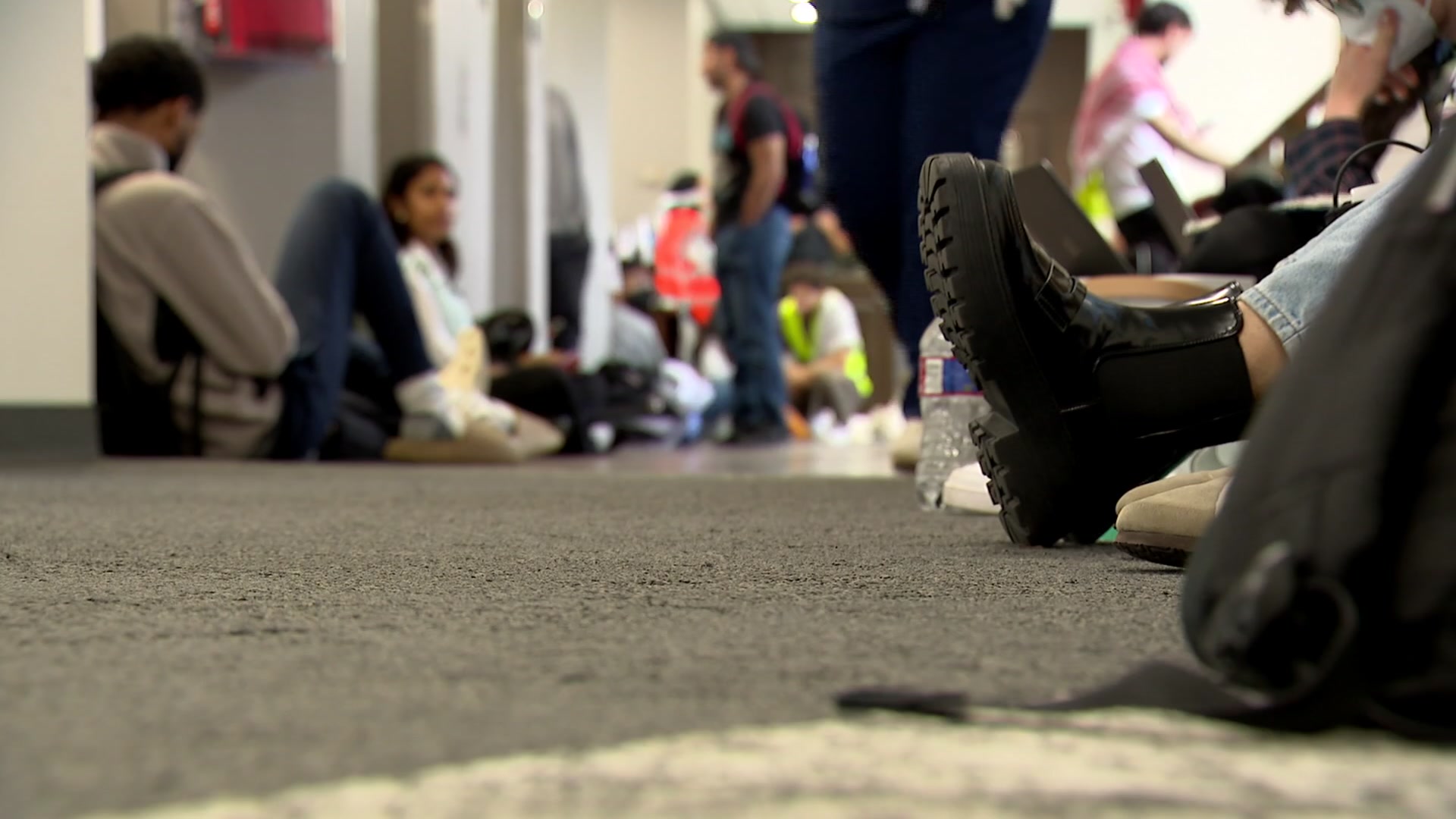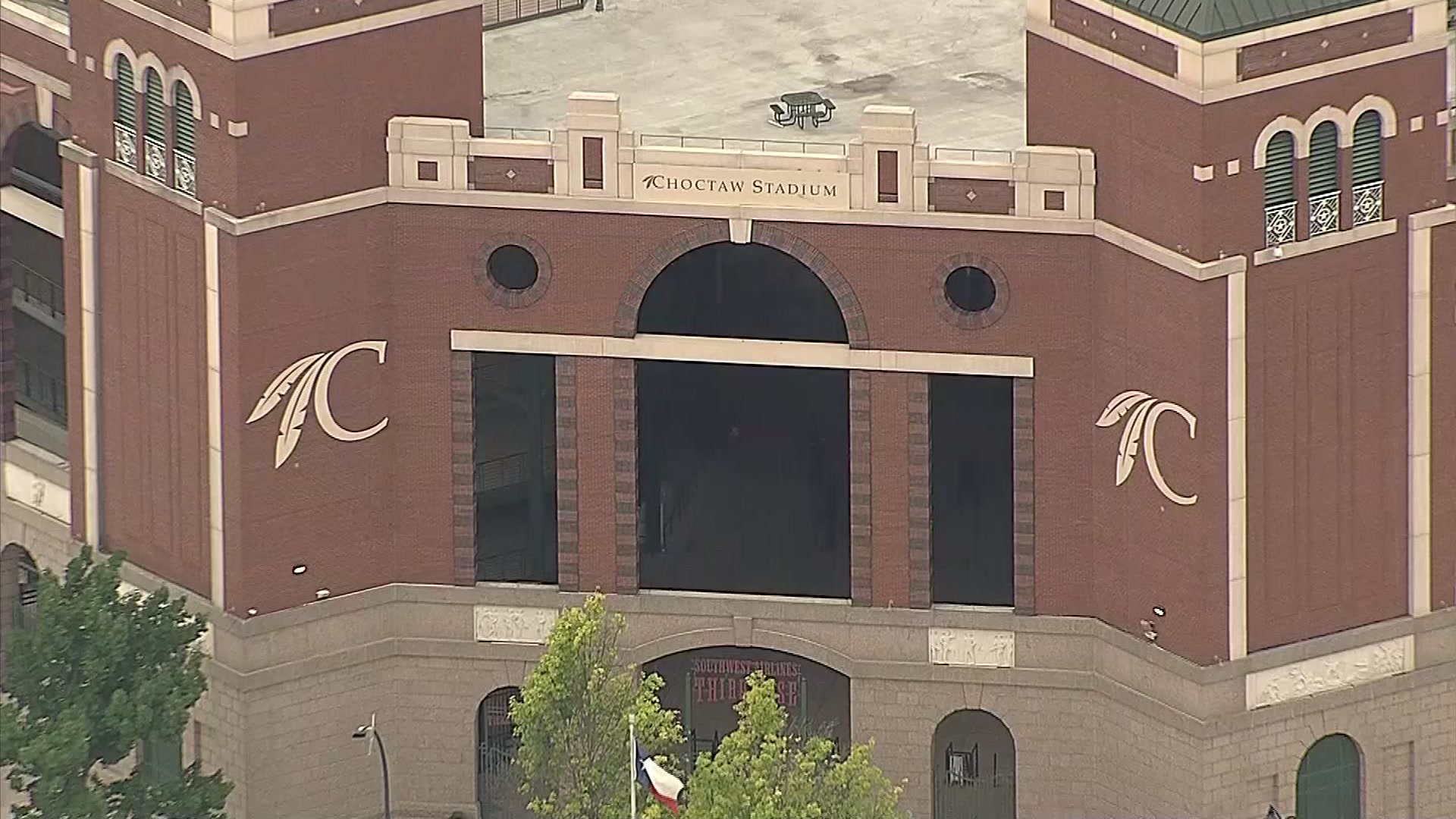It was still dark outside and the parking lot was filling up.
The Corpus Christi Caller-Times reports more than a half-hour before the sun rose, Padre Island National Seashore was full of spectators waiting to catch a glimpse of the endangered Kemp's ridley sea turtle hatchlings.
The Division of Sea Turtle Science and Recovery, plus dedicated volunteers, on Wednesday released 78 turtle hatchlings into the Gulf of Mexico.
It has been a record-breaking year for Kemp's ridley nests statewide with 307 found so far. Nesting season continues until mid-July.
"We think it's a record-breaking year because the turtles can take a number of years off between nesting seasons," said Donna J. Shaver, chief of the Division of Sea Turtle Science and Recovery. "That number has increased from nesting every two years on average to every 3.5 years now. We think that a lot of the turtles that took time off nesting came in this year."
With a mild-to-warm South Texas winter, Shaver believes the turtles "fattened up" to get the energetic reserves necessary to make eggs and to migrate.
The Kemp's ridley species is the smallest sea turtle and has been endangered since 1970. The national seashore turtle program started in 1978 with Shaver at its helm.
Local
The latest news from around North Texas.
Volunteers call her the "turtle mama."
The number of nests vary from year to year (last year's nests were about one-third of the current number), and the program's first major success was 21 years ago when four Kemp's ridley nests were confirmed on Padre Island.
The next year, Shaver documented the first return of a mature Kemp's ridley to nest on the seashore, which had been released as a juvenile years earlier, according to Caller-Times archives.
The largest number of nests are found on the seashore, North Padre Island, South Padre Island and Boca Chica Beach.
Most of the nests that have been found and are incubating now likely will be released before the end of nesting season, Shaver said.
Park staff will continue Turtle Patrol to find nests, which means volunteers have stepped up during the public hatchling releases.
Barbara Mathis has volunteered for three years on the Turtle Patrol but this is her first year helping during the hatchling releases.
"It's elating, I can tell you that," Mathis said. "It's just unbelievably exciting and touching. As a mother, I love to see the turtles lay their eggs and love to see the turtles hatching."



